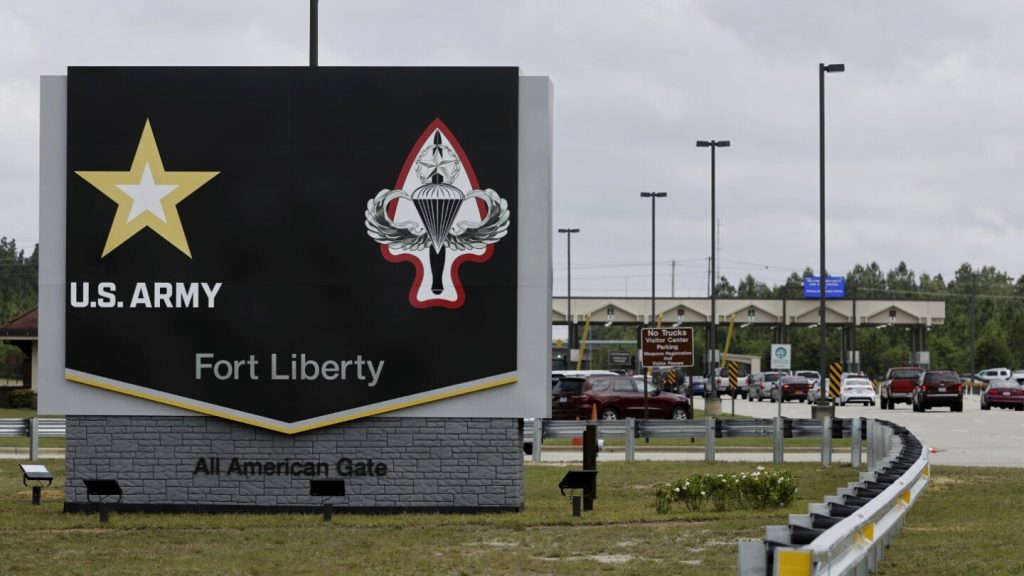U.S. special operations commanders are faced with the challenge of adding more high-tech experts to their teams while reducing overall forces by about 5,000 troops over the next five years. In response to lessons learned from the war in Ukraine, where British special operations forces adapted to the conflict, the U.S. Army Special Operations Command is considering increasing the size of its Green Beret teams to include individuals with specialized and technical abilities, such as computer software experts who can reprogram drones or other technical equipment in real-time. This move reflects the evolving nature of modern warfare, where battlefields are becoming increasingly high-tech and challenging.
The United States is drawing on insights from the experiences of its U.K. special operations partners in Ukraine, who found the need to incorporate other elements of the joint force, such as Royal Air Force pilots and Royal Navy teammates, to navigate complex environments. The shift towards including more high-tech experts in special operations teams is part of a broader restructuring effort across all military services. The Army’s decision to reduce its force size by about 24,000 reflects a strategic shift away from counterterrorism and counterinsurgency towards a focus on large-scale combat operations, necessitating a reevaluation of the skills and personnel needed in special operations forces.
Army Special Operations Command is absorbing about 4,000 cuts ordered over the past year and a half, prompting a reassessment of the technical skills required in its teams. While traditional Green Beret training can cover a range of skills, there is recognition of the need for highly technical expertise in areas like software engineering for drones. The cuts to Army special operations forces have faced opposition from Congress, with concerns about the impact on readiness and capability. Gen. Bryan Fenton emphasized the growing demand for special operations forces around the world and the challenge of meeting that demand with reduced forces.
As the military adapts to a changing landscape, special operations forces must focus on training programs that incorporate technology, robotics, and signals intelligence to enhance their capabilities. This includes experimenting with new options at training centers and in operational environments like Iraq and Syria. While some teams may not see an increase in size, the ability to quickly augment them with specialists is crucial for mission success. Overall, the emphasis is on adaptability and maximizing resources in light of the evolving nature of conflict. The changes in force structure and capabilities reflect a strategic shift towards preparing for future challenges in a rapidly changing world.
Maj. Gen. Patrick Roberson highlighted the need for a strategic focus on important capabilities and future requirements amidst the cuts to Army special operations forces. The reevaluation of personnel slots and redundancies aims to minimize the impact on existing personnel while ensuring that the force remains agile and adaptable. As the military reflects on the lessons learned from two decades of conflict, it is clear that special operations forces must continue to evolve and integrate new technologies and skills to meet the challenges of tomorrow. The key lies in maintaining a balance between traditional special operations skills and emerging technical expertise to ensure readiness for future operations.


